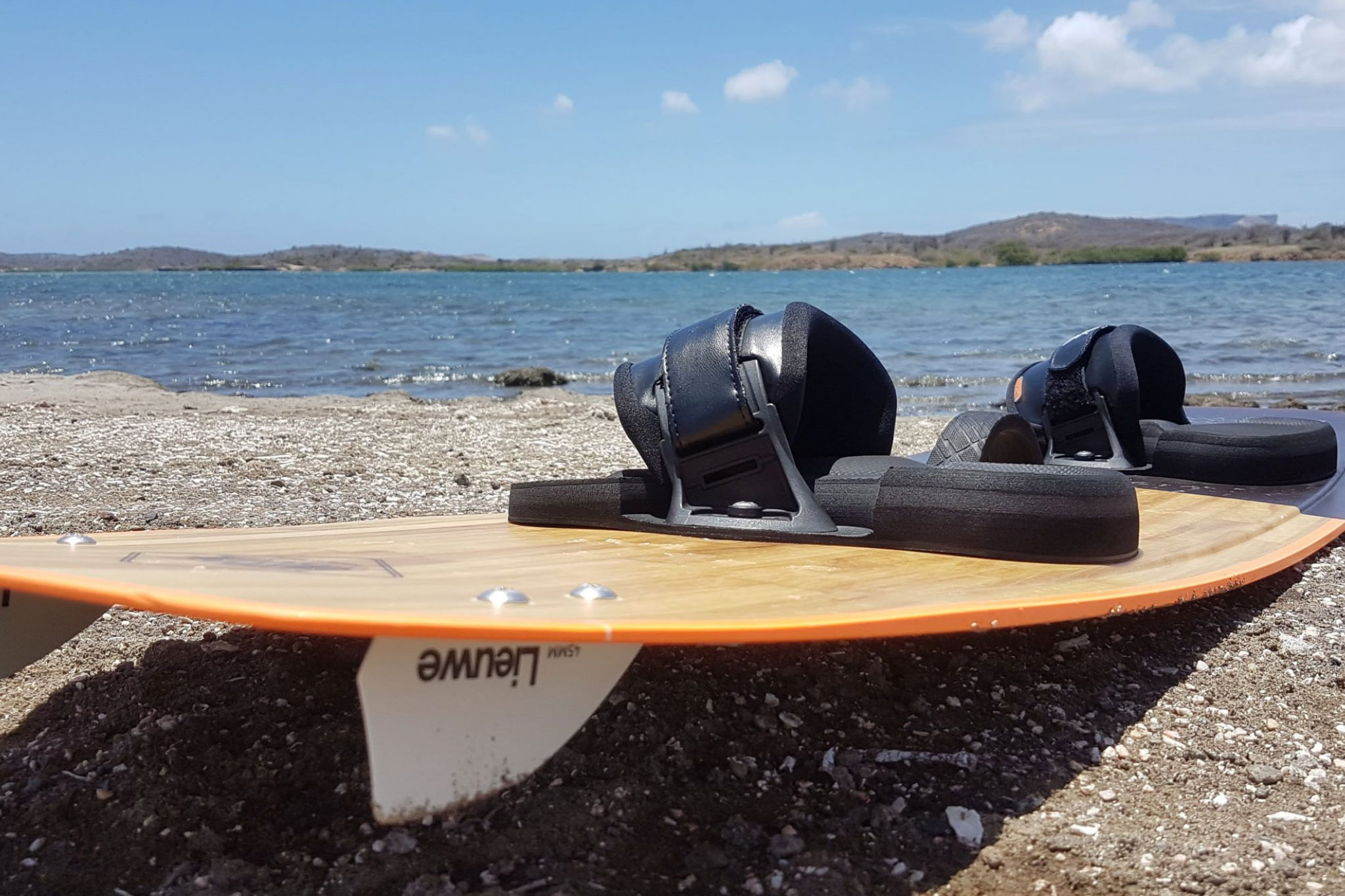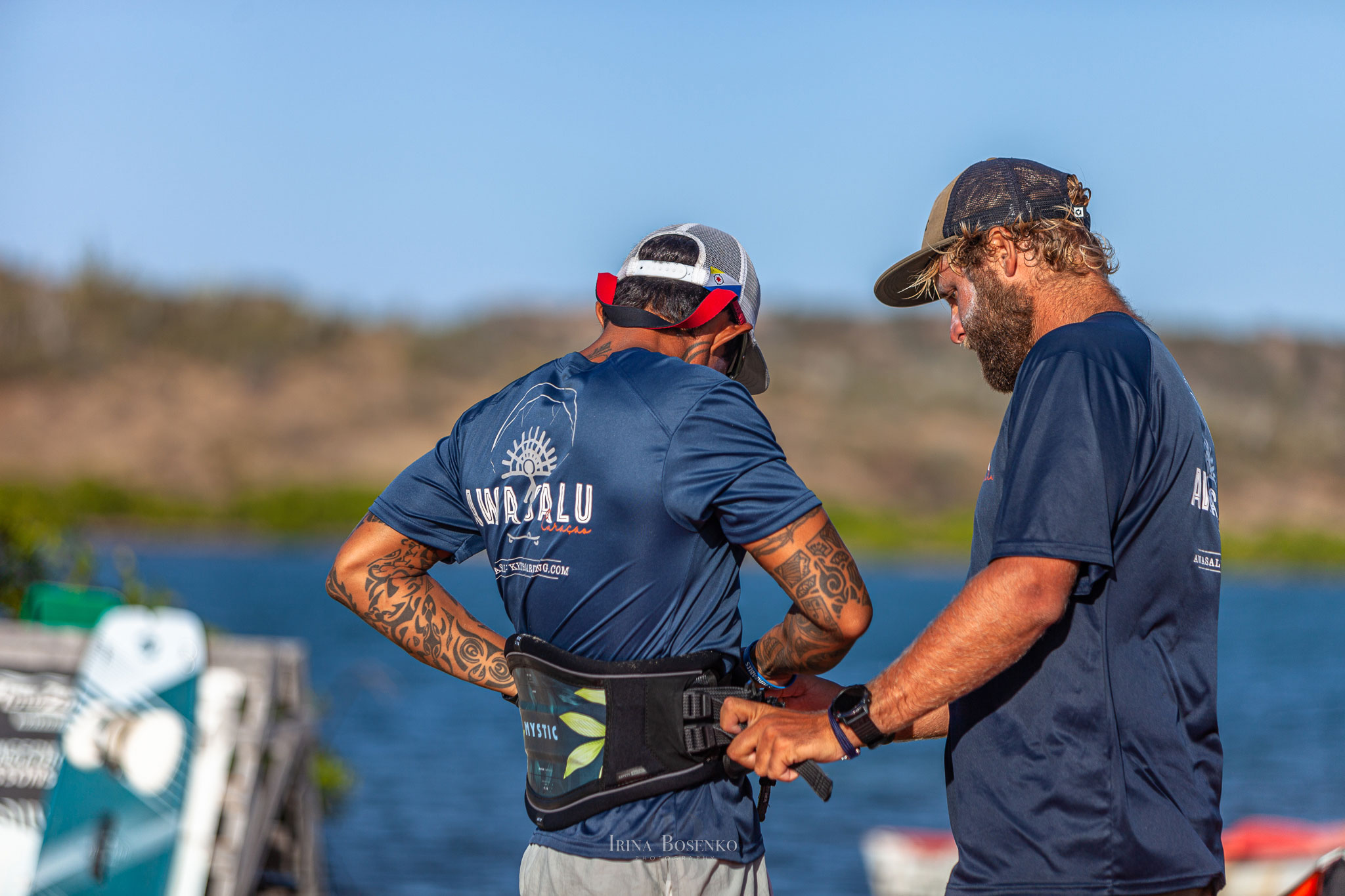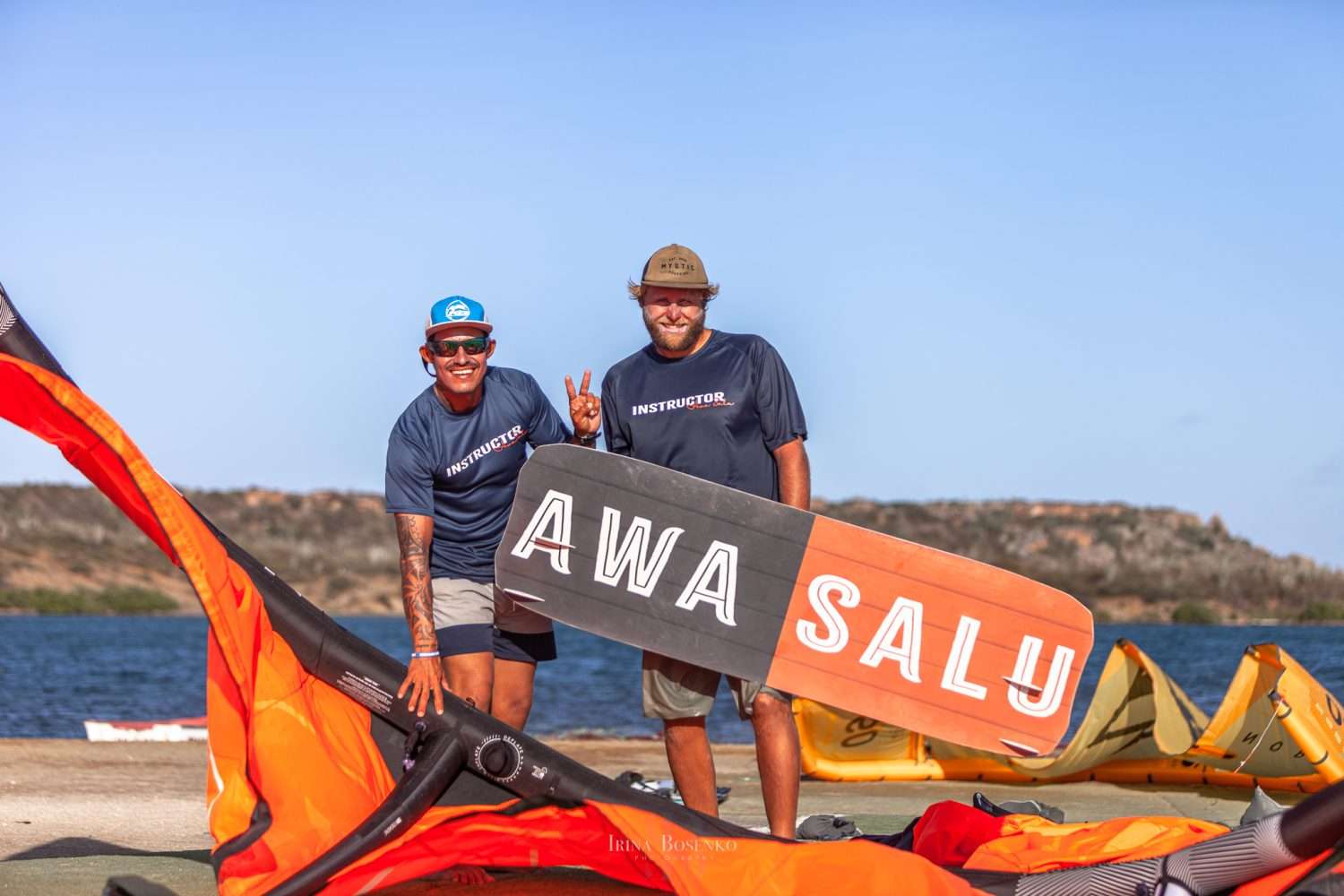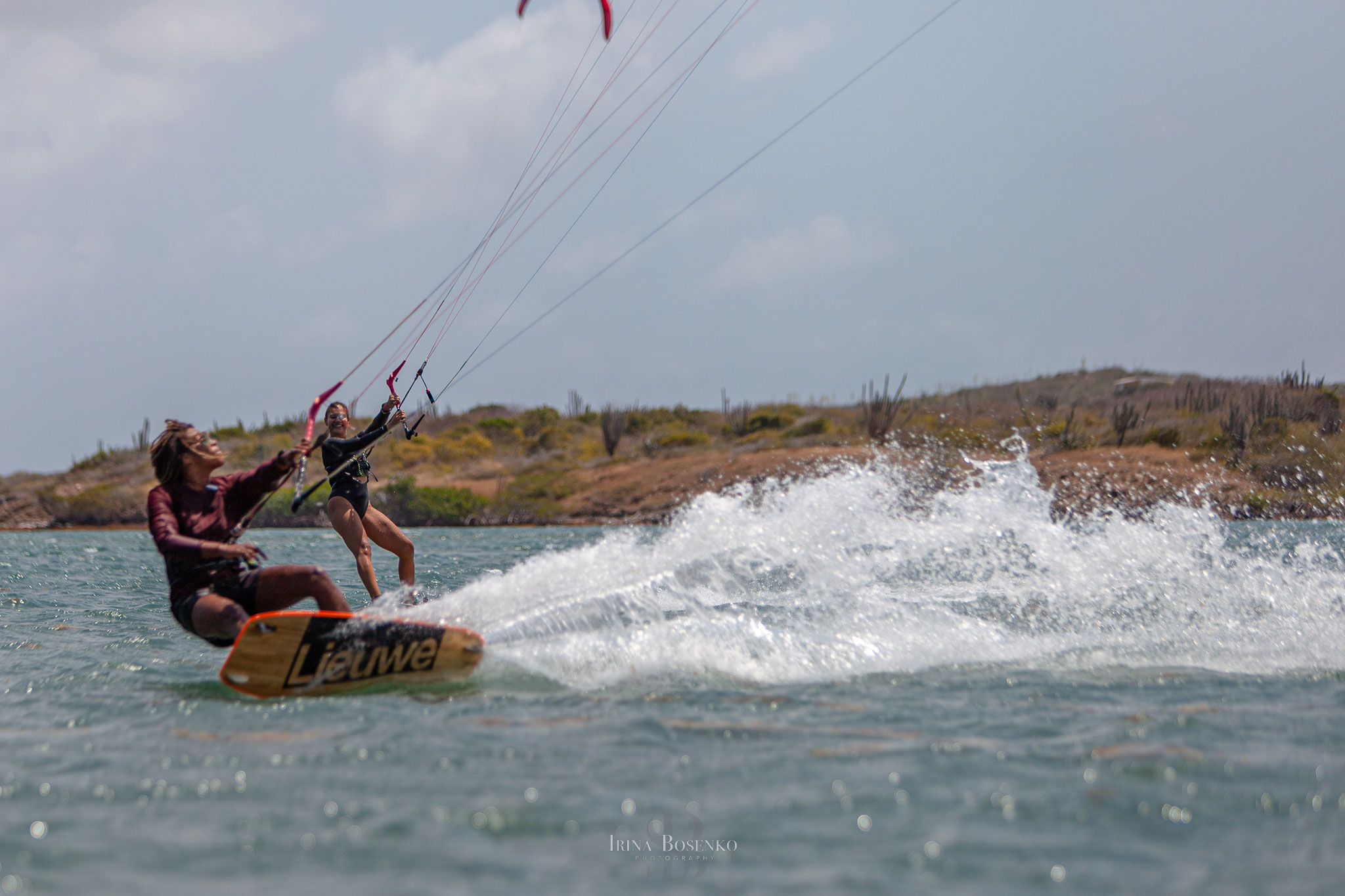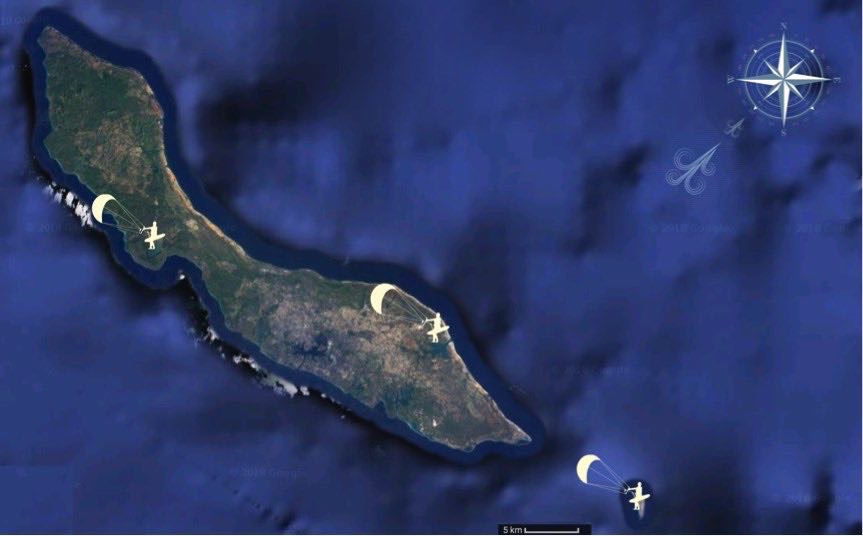The Twintip Kiteboard
We see them often… Those big question marks in their eyes when we ask them what kind of twintip kiteboard they have.
For all they know all kiteboards are the same… Actually, even better yet.. they have it because they liked the colour of the board.
When they offer us a look at the board we already hope it’s not the shiny one, prominently draped on one of our couches. We look at their happy faces while the wave their shiny board in our faces while showing off their little tiny ‘blades’, nicely placed ‘groves’, and when they turn around the board to show us their nice green ‘slippers’ giving us a glimpse at the banana shape of the board, we know enough. Time for another blog!
Kiteboarding can be done with many different types of boards. To name them all… Twintip boards, directionals/kitesurf-boards, raceboards and foilboards.
This article is dedicated to the most used board used for kiteboarding, the twintip kiteboard.
The Twintip kiteboard
The twintip kiteboard is characterised by a total of 4 fins placed underneath the board, forming a rectangular.
And the foot bindings are set up to mirror each other, with the heels faced in and toes out.
Due to the 4 fins and placement of the foot bindings the board can be ridden in both ways without having to turn the board around.
Seemingly small differences in the construction or design of the board can impact the riding of the board drastically. There are designs that create an annoying spray in the face when riding under certain circumstances, but also is it possible that with one board you will shoot upwind and the other one guarantees you a “Walk of Shame” or four..
The kiteboard has many components affecting its characteristics; Construction materials, Outline, Rocker, Flexibility and Fins/Channels.
Outline/Profile
The profile of the twintip kiteboard can vary.
A more square profile has a larger rail area touching the water, therefore making the board more efficient in riding upwind. A larger rail area to load and release results in a better pop.
A more rounded profile makes it easier to carf, and the board can handle chop better.
A newer type of profile is the asymmetrical profile, making that the board has different properties in one board. Fun and playful.
Materials
One twintip board is usually build out of a couple of materials. Some materials used, not always combined, are carbon, wood, foam, fiberglass and ABS plastic.
The materials achieve a certain amount of weight, strength, flexibility or stiffness and balance.
Wood makes for more stiffness and strength. Carbon adds stiffness, has less wight and is pricier than wood.
Rocker
The rocker is the curvature from tip to tip. If you put the board on a table on its fins, you will see the middle is closer to the table than the ends. This ofcourse if you have a board that has rocker..
A flat rocker makes for more area in contact with the water, therefore being able to generate more speed and making going upwind easy, due to a better edge grip. When in chop however, the boards has a bigger chance of bouncing around and the nose diving into the water.
A flat rocker is great for lighter wind, sinds it needs less power to plane. And it is ideal for flat water.
A high rocker has less contact area with the water, making it harder to go upwind. And the rocker bends the water making that the board needs more power to plane, thus not suitable for lighter winds. A board with high rocker is very smooth in chop, since it bends the water rather than bouncing over it. A board with a high rocker accounts for smooth powered landings.
A medium rockered twintip kiteboard is the most versatile.
Flex or flexability
When a the twintip kiteboard receives a certain amount of pressure, the board has a tendency to bend or flex widthwise.
A stiff board cuts well upwind and pops well, since it doesn’t bend. As you can imagine the stiffer the board, the less it will absorp the chop, so the board is more likely to bounce íf used on water that isn’t flat. It will be happy to katapult yourself up into the air, but when landing the board will present your knees the impact on a nice plate. Stiff boards are mostly used in freestyle and wake style, since it delivers an explosive ride.
A (very) flexible kiteboard absorbs impact, it makes the effect of the impact less by bending, eating up the impact instead of dining it up to your knees. As you can imagine, the board delivers for a smooth ride. So smooth that instead of going upwind thru chop it bends and instead of shooting you up into the sky it ofcourse bends..
The stiffnes needed depends on your riding style and the conditions you mostly ride in.
Fins and Channels
The twintip kiteboard usually has fins or channels to make sure that the board has grip in the water.
A twin tip has four fins in all four corners. Without them the board may have the tendency to slip or skate. The larger the fins, the more you will be able to edge the board without it slipping out. When only in flat waters you can go with fins that are smaller.
Channels are the grooves underneath the board. Not all boards have them. Channels are valuable mostly for advanced freestyle and wakestyle riders.
Chosing your twintip kiteboard
The type of board you will need is dependent of your skill and conditions. For most of you a versatile board with medium rocker, normal sized fins, medium flex and a board that is not to square or round will do!
Share this post
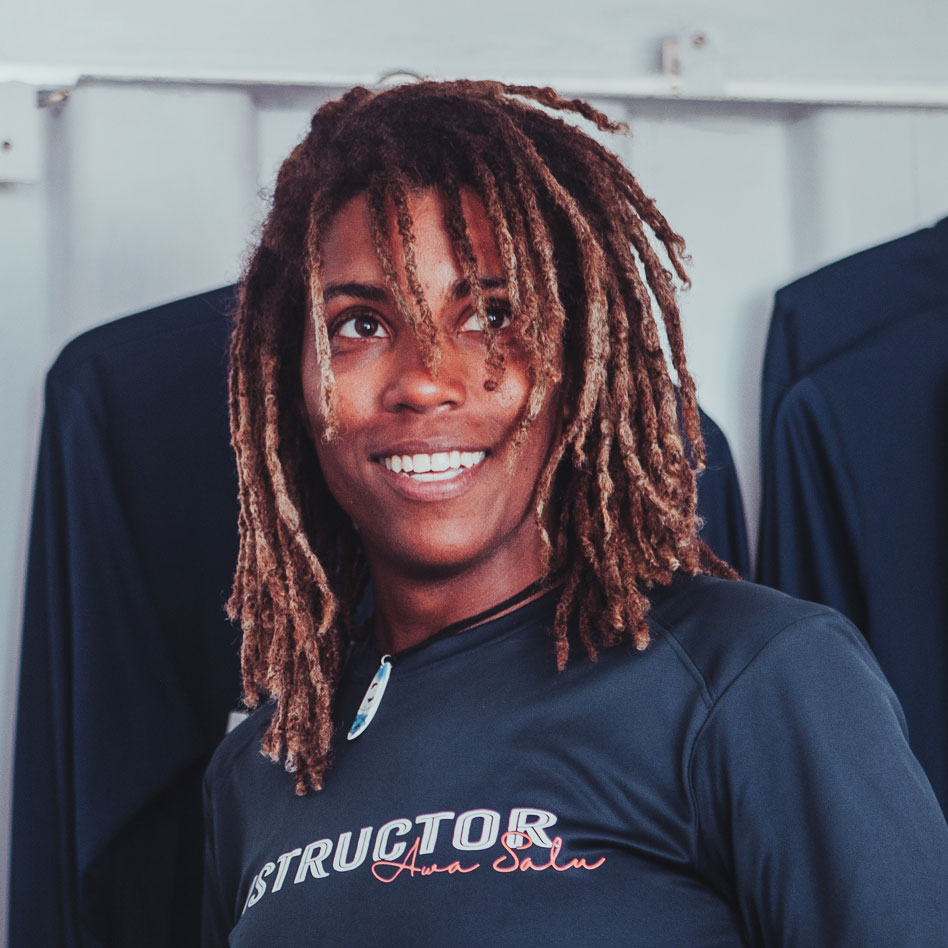
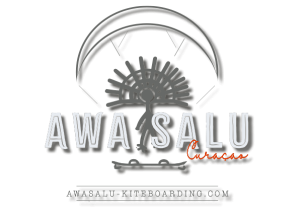
AWA SALU KITEBOARDING
St. Joris Baai Curaçao
Latest library items
Hoe het weer werkt
Het is weer zover… Het orkaan én regenseizoen hebben zich weer aangekondigd. Al een paar dagen is er geen zuchtje wind voelbaar en de nachten zijn voorzien van heerlijke regen [...]
Buying A Second Hand Kite
Buying a second hand kite can be a bit tricky unless you know exactly what you are looking for, so let's make that happen! Do you want a new [...]
Is Kiteboarding Dangerous?
If kiteboarding is dangerous? Well, the most important of all is that almost everybody can learn to ride. Women, men, young and old. Even if you are not the fittest [...]
The weather on Curacao
For the weather on Curacao are going at it again.. the hurricane- ánd rain seasons have announced themselves. For a couple of days already there isn’t a single breeze to [...]
